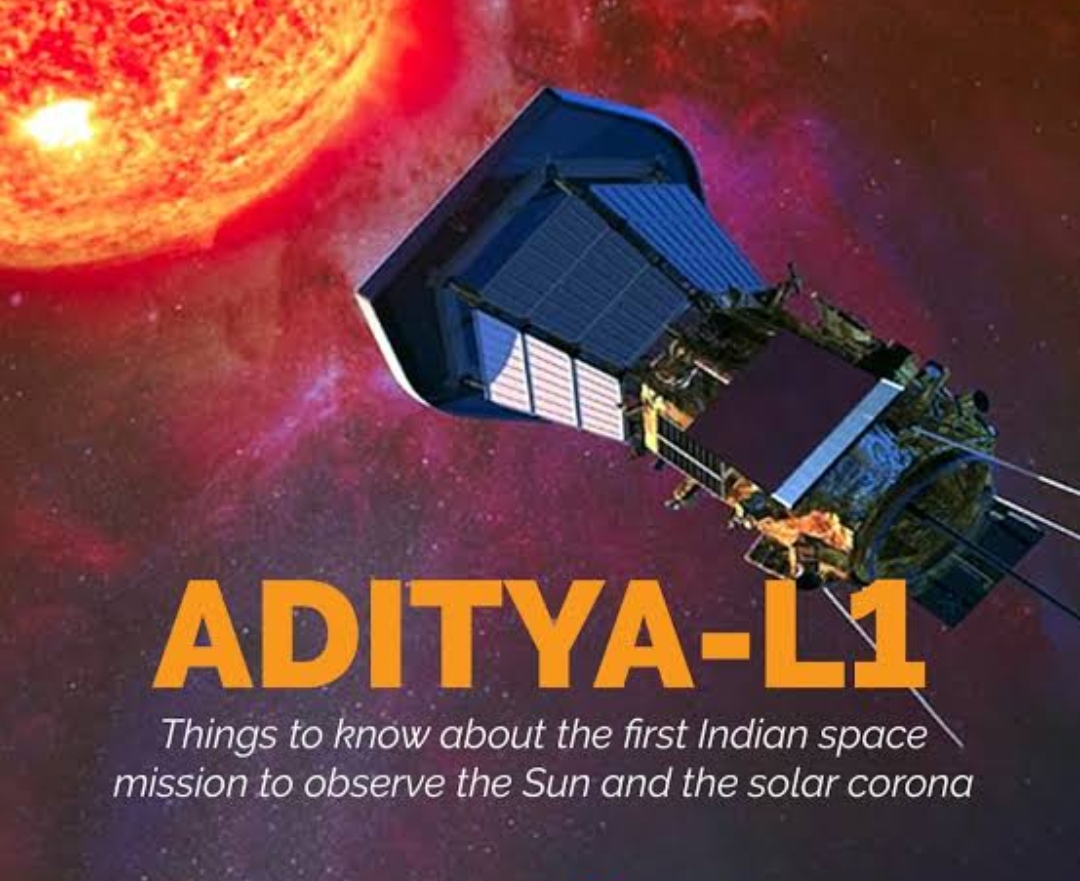ISRO aims to launch Aditya-L1 mission to study Surya

The Indian Space Research Organisation (ISRO) will launch the ambitious mission to explore the Surya.
The launch window for the mission opens in August. Aditya-L1 will carry seven payloads to observe the photosphere, chromosphere of Surya. The ISRO chief was at the India Today Conclave South 2023
ISRO chief confirmed that the launch window for the mission opens in August and the satellite is being prepared to be sent outside Earth. The ISRO chief was at the India Today Conclave South 2023 to discuss the space quest.
“Aditya L1 is going to go in August. We have prepared the satellite, ISRO chief said, adding that it will be sent to four times the distance from Earth to the Chandrama at Lagrange-1 and leave it there. It is a field where gravity between Surya and Prithvi is neutralized and if we sent something at this location, it stays there,” Somnath said.
The L1 point of the Prithvi- Surya system provides an uninterrupted view of the Surya and is currently home to the Solar and Heliospheric Observatory Satellite SOHO from NASA.
The ISRO boss said, “It will look at the Surya for as long as it lives. They designed it for five years. It will look at the corona of the Surya, which has lots of activity and coronal mass ejections.”
A Coronal Mass Ejection (CME) ejects billions of tons of material into space that often hit Prithvi triggering auroras and, on some occasions, even damaging satellites.
He stressed that scientists have put in place instruments to look at Surya in the Aditya mission, which will predict coronal mass ejection, do remote sensing of the Surya, and give a warning if such ejections come towards Prithvi.
Aditya-L1 carries seven payloads to observe the photosphere, chromosphere, and the outermost layers of the Surya (the corona) using electromagnetic and particle detectors.
Four payloads will directly view the Surya from the unique vantage point of L1, and the remaining three payloads carry out in-situ studies of particles and fields at the Lagrange point L1.



